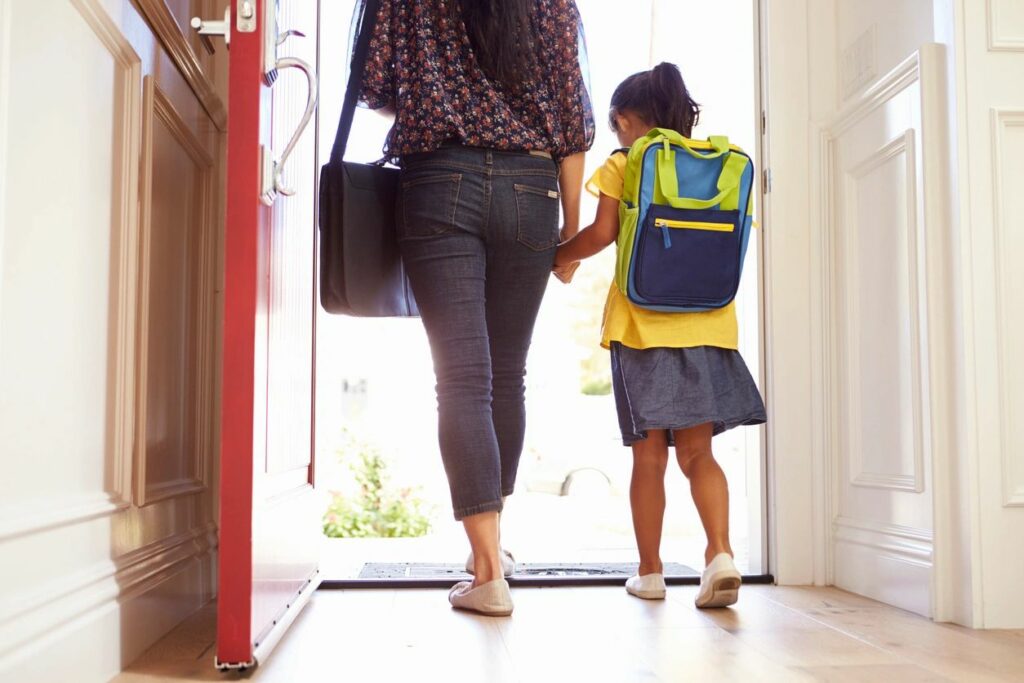Myopia awareness week was celebrated recently. Dr. Anushree shares her insights and tips to avoid myopia in kids.
What is Myopia?
Myopia, commonly known as short sightedness, is a disorder of the eye leading to defective vision for distance and normal vision for near.It is one of the most common eye disorders in childhood and is now assuming epidemic proportions.
Why the myopia awareness week?
Recent estimates by the world optometry council state that approximately 50% of the world population will be myopic by the year 2050,10% of them being highly myopic. Such alarming figures warrant robust strategies to tackle this myopia epidemic having significant public health morbidity.
Who can get affected by myopia?
The causes for developing myopia can be genetic or environmental and in majority of the cases both factors come into play. Children with one or both parents with myopia have a two to eight times increased risk of developing myopia as compared to those with non myopic parents. Though not conclusively proven Asians are racially predisposed to myopia.
What can we do?
All said, the situation is not that grim and a few simple strategies can go a long way in combating this common childhood disorder. They are mainly aimed at preventing the onset or retarding the progression of myopia.
- Catch them young:
The first eye check up with a pediatric ophthalmologist should be done at the play school entry and then at the primary school entry followed by annual check ups each year. This ensures early detection of myopia thereby prompting interventions to halt or slow down progression.
2. Keep an eye on your little one’s eye:
Watch out for squinting (crossed eyes), squeezing, excessive watering, headaches, blurred vision. These can be the early symptoms of myopia and warrant immediate consultation with the pediatric ophthalmologist.

3. Go out and play to keep myopia away:
Exposure to sunlight is now consisted to be
the single major impact factor in preventing the onset and slowing the progression of myopia.
Children should be encouraged to spend upto two hours per day in outdoor activities. Sunlight is known to release dopamine which regulates the growth of the eye thereby regulating myopia progression.
3. Family time- outing time:
Weekends can be spent cycling,in parks or in short simple trekking adventures rather than in the malls.
4. Out through the house gate, it’s a play date:
The play dates can move from the cosy house to the playgrounds and parks so that children are encouraged to play outdoors. Frisbees, dodgeball,sand play are some of the activities that children can enjoy with their friends.
5. Less is more:
Less screen time guarantees more protection from the onset of myopia. The WHO recommends that the usage of mobile phones,tablets,laptops must be limited to only one hour per day. In addition to providing a safeguard against myopia, this helps in the proper psychosocial development of the children.
6. Let there be light:
Inadequate ambient light too can lead to myopia though by a different mechanism. Ensure that the study area is well lit during the night and is placed near a window so that the child gets indirect sunlight exposure during the day. The area around the television, laptop,dining area must be sufficiently illuminated. Prefer brightly lit living rooms rather than warmer shades.
7. Have a break, your eyes are at stake:
Sustained near activities are known to predispose to myopia. Children who read books for more than 30 minutes have 2.5 times higher risk of myopia, so do children who are involved in near activities at 30 cms. It is advisable to take a break after every 20-25 minutes of near work, relax, stretch and shift focus at distant objects.
8. Don’t freak but the expert you seek:
A timely advice sought from a pediatric ophthalmologist can be of great help to understand the various medical options available to curb the progression of myopia. Specialised low dose atropine drops are now being approved as a treatment modality for slowing the progression of myopia. Parents should consult an expert and then make an informed decision about the modality best suited for their child.
So together we can and we will save our children from this evil of myopia!!!

Dr Anushree Aney
Pediatric Ophthalmologist and Strabismologist,
Abhijay Eye Care Clinic,
Alcon Rethos, Near EON IT park, Kharadi,
Pune
9422812579
Dr Anushree is a consultant pediatric ophthalmologist and strabismologist with a special interest in myopia prevention. She is an alumnus of the prestigious Sankara Nethralaya,Chennai. With a rich experience in the field she firmly believes that public awareness and dedicated efforts can definitely save the young generation from the hazards of myopia. This article is issued as a public awareness initiative as a part of the myopia awareness week, 13-19 May,2019.

This was something which I not aware of.. Ty neha for this post will recommend my sister & friends too as this is really mandatory topic we should know about it.
People are rarely aware about myopia and this myopia movement, even I haven’t heard about it. Myopia looks really serious for future of kids. Thanks for sharing that what can be done about it, this is really nice.
Thanks for spreading awareness about Myopia ,I will definitely share the information with friends as I was not aware about it too.
http://www.prettywatermark.in
Thank you so much for spreading awareness about Myopia, I wasn’t aware many it and I know there are many out there who don’t have any idea about it.
definitely going to further share this useful info.
Omg I had no clue that there are such easy ways to actually reduce miopia, coz when we get it once we all think it’s irreversible ! But these are some really interesting ways to tackle it and I ll surely add this in my routine
Myopia is rampant in my family from my husband’s side. Sadly it has been passed on to my little one too ! Thanks for the info!
http://www.docdivatraveller.com
I believe my daughter is going through myopia problem,,will surely consult doct soon